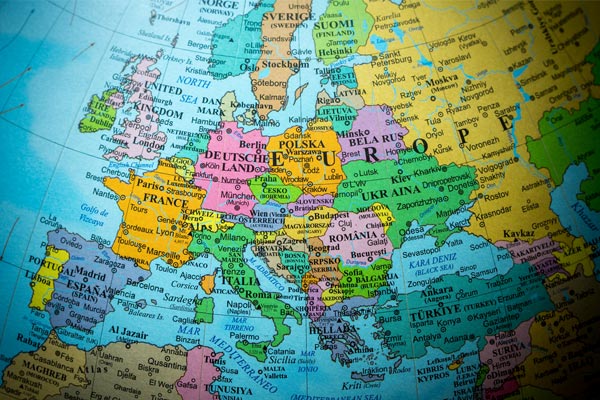The European summer travel scene is witnessing significant changes, with safety and affordability being pivotal factors for potential tourists.
Research from the European Travel Commission reveals interesting shifts, as travellers from long-haul markets deliberate on their travel choices. These considerations come amid fluctuating travel patterns compared to pre-pandemic days.
The European Travel Commission (ETC) has shed light on the current outlook for European summer travel. According to their comprehensive study involving 7,000 participants from key long-haul markets, there is a significant interest in overseas trips, with 59% of respondents considering travel. This reflects a notable trend in comparison to the pre-pandemic levels of 2019.
Safety remains the predominant factor for long-haul travellers heading to Europe. The study indicates that almost half of the respondents (45%) place a high priority on destinations perceived as secure. This marks a significant increase from prior years, highlighting that security considerations are top of mind in travel planning this season.
Quality tourism infrastructure ranks as the second most important criteria, resonating with 38% of respondents. The appeal of iconic landmarks also shows a resurgence, capturing the interest of 36% of participants, an increase from 29% in the previous year. These elements play a crucial role in attracting visitors seeking a well-rounded travel experience.
While affordability concerns remain present, only 23% of respondents now view it as a deciding factor, a decline from last year’s 32%. This shift reflects a growing focus on the quality and safety of travel experiences, rather than strict budget adherence. Travellers are increasingly prioritising seamless experiences over cost.
There is a notable trend towards immersive travel experiences, with an increasing number of individuals opting for extended stays and multi-country itineraries. The desire for more meaningful connections with unique cultures and local suppliers is evident, with 67% of travellers seeking such experiences during their European excursions.
Market insights reveal varied interests across different regions. For instance, China and Brazil show strong intentions to travel to Europe, with 62% and 52% respectively, motivated by affluent demographics. In contrast, Japan demonstrates slower recovery in travel interest, at 19%. These differences highlight the diverse preferences influencing travel trends.
In conclusion, the European travel landscape is shaped by a nuanced interplay of security, infrastructure, and evolving consumer preferences. The data underscores a shift towards prioritising quality and meaningful experiences over cost, with safety remaining a central theme.
The European travel industry is adapting to new priorities, with a focus on safety and immersive experiences. As travellers adjust their preferences, the emphasis on quality tourism infrastructure and meaningful connections continues to grow.

